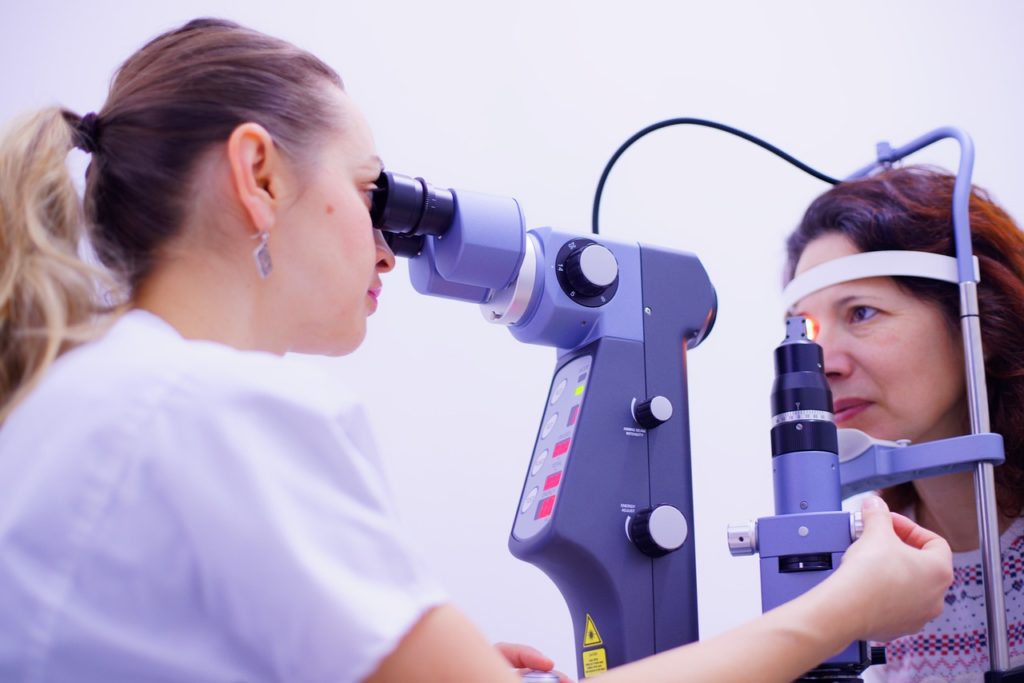
Scientists at the University of Missouri-Columbia are zeroing in on a surprising culprit behind type 2 diabetes and cardiovascular issues: overactive chemoreceptor cells in the neck. These tiny sensors, located near the carotid artery, monitor oxygen levels in the body, but when they go into overdrive, they may signal trouble for your heart and metabolism.
Why These Cells Matter
When chemoreceptors become overactive, they’re linked to high blood pressure, high blood sugar, and even a greater risk of cardiovascular-related death. In experiments with rats, removing these overactive cells showed promise in reducing blood pressure and improving blood sugar control. Inspired by these results, the researchers explored a less invasive approach: Could high doses of oxygen, known as hyperoxia, calm these overactive cells and improve human health outcomes?
Testing the Theory
The study involved two groups of participants — 17 with type 2 diabetes and 20 without it. The researchers found that chemoreceptors were noticeably more active in people with diabetes, especially in those with the highest blood sugar levels.
When participants were exposed to hyperoxia, the chemoreceptor activity dropped. Heart rate, blood pressure, and breathing rate also decreased. But here’s the catch: This calming effect on chemoreceptors didn’t translate into improved blood sugar control or insulin sensitivity for people with diabetes.
What This Means for Diabetes Research
While the study confirmed that overactive chemoreceptors play a role in type 2 diabetes, it also showed that simply reducing their activity with oxygen isn’t enough to fix the problem.
“The goal was to understand how these chemoreceptors influence cardiovascular and metabolic outcomes in diabetes,” explained Dr. Camila Manrique-Acevedo, one of the study’s authors. “Now we know that hyperoxia alone doesn’t improve metabolic function, so we can shift our focus to other promising therapies.”
The Road Ahead
This research adds another piece to the puzzle of type 2 diabetes and cardiovascular health. By pinpointing the role of chemoreceptors, scientists are one step closer to developing targeted treatments that could help patients manage their conditions more effectively.
For now, the hunt continues for new ways to tackle the overactive cells that may be driving diabetes and its complications.
4o


